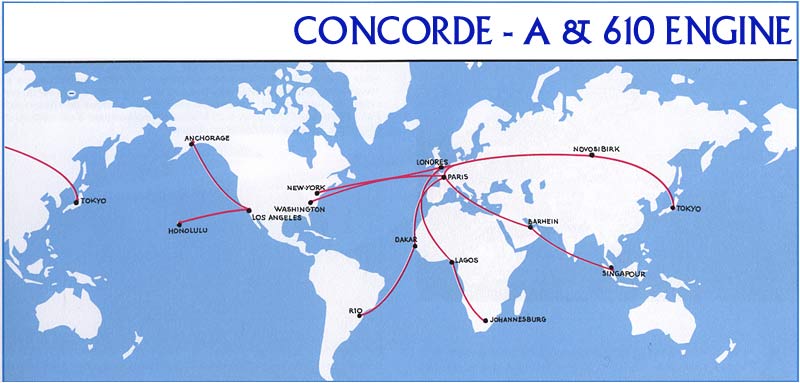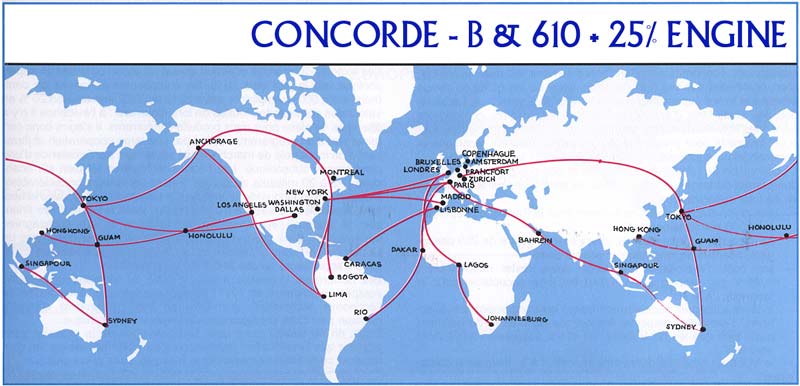Riain
Banned
I'm flying to London on Tuesday; an 8 hour leg to Singapore followed by a 13.5 hour leg to London, and in the past have flown Melbourne-LA 4 times - 15.5 hours once with a direct connection to NY. Naturally I'm dreading this ordeal and it got me pining for Supersonic Transport.
What is the best case scenario for SSTs if things fell their way?
What is the best case scenario for SSTs if things fell their way?
- US SST spec for mach 2.2-2.5 rather than 2.7-3
- US selecting the slower but less complex Lockheed L2000
- The sonic boom issue being handled very differently, allowing an over CONUS air route or two.
- SSTs entering service in 1972 prior to the Oil crisis
- Other things

